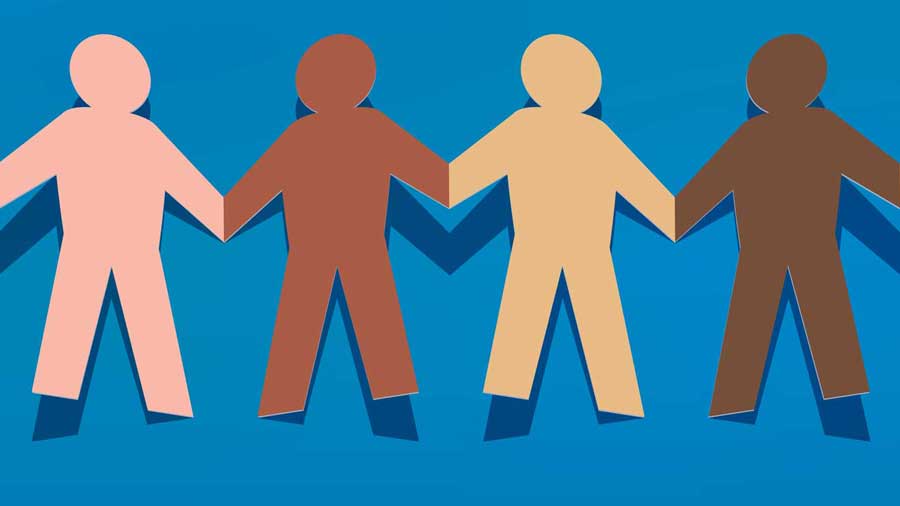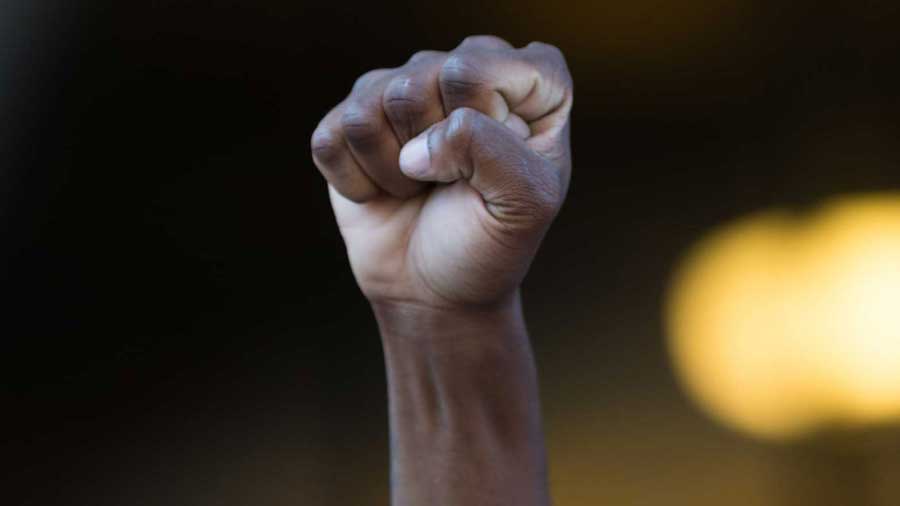Missed opportunity
The rights and mostly wrongs of the government’s report on race

INNOVATION & IMPROVEMENT
Image: Istock

Mushtaq Khan
Chief Executive Officer, Housing Diversity Network
My first reading of the Commission on Race and Ethnic Disparities (or Sewell) Report (published at the end of March) engendered a feeling of disappointment, disbelief and shrug of the shoulders. While one can agree with a certain amount of the content, it doesn’t go far enough, makes some outrageous assertions and plays to the government’s political base.
Although the report was commissioned following the Black Lives Matter protests and the racial inequalities highlighted by the COVID-19 pandemic, it does not make any useful contribution to these issues. Where did it go wrong and what should it have said?
Focus on inclusion
At the Housing Diversity Network (HDN) we work with organisations across the housing sector so they can become more inclusive. In the main our work focuses on leadership and governance, workforce development and services to local communities. I had really hoped this report would add to and inform our work.
Although there are some elements in the report which provide a useful narrative and good recommendations (I can’t disagree with the need for more funding for the Equality and Human Rights Commission, for example), I believe it is a political document which diminishes the experiences of many of our communities, while pitting the most disadvantaged against each other. Essentially it looks at race through the lens of a black conservative (with a small ‘c’) viewpoint. Even when it strays into examining experiences of other communities, for example communities of Pakistani or Bangladeshi heritage, it quickly reverts to its default stance.
“It looks at race through the lens of a black conservative (with a small ‘c’) viewpoint. Even when it strays into examining experiences of other communities, for example communities of Pakistani or Bangladeshi heritage, it quickly reverts to its default stance.”
End institutional racism
At a time of a global pandemic which has disproportionately claimed the lives of thousands of people from minority backgrounds, the report downplays and minimises the effect of structural and institutional racism. Yet this has already been acknowledged as having a significant negative impact in the previous Macpherson, Lammy, Marmot and Williams reviews.
At HDN we do a lot of training and consultancy work in the housing sector and will continue to approach our activity from the position that structural and institutional discrimination exists. An understanding of this is required to address the impact on the workforce, tenants and residents. We take this position based on the expertise, evidence and experiences of our members and communities in the housing sector.
Interestingly the report negatively targets two things that touch on the way that we work: unconscious bias training and use of the acronym ‘BAME’.
Unconscious bias
Our stance on unconscious bias training is that, in isolation, it probably won’t be effective. It isn’t a way of solving ‘a problem’ – more part of a continuing journey of both organisational and personal development. We view it as a part of our aim to engage as many managers and decision-makers as possible in our fight against racism. After all biases exist in all of us, and when unchecked can lead to unfair and poor decisions.
Similarly the report’s recommendations around the term Black, Asian and Minority Ethnic (BAME) miss the point. It is the context in which the term is used, and the debate and actions that follow from it that is most important. It can be a blunt tool to categorise many different communities under one heading, but there is something about the non-white experience that this term can usefully describe.
More to say on housing
Turning now to the housing sector. The report only touches on housing slightly and (as is usual) examines homeownership rather than looking at wider tenures of social and private rented sector housing where inequalities are most exacerbated.
Of critical importance to us is what is missing. Nothing on building cohesive communities and breaking down concentrations of deprivation; nothing on the housing crisis and market failure; one mention of the Grenfell Tower tragedy (and nothing about the racial disparities highlighted there); inclusive leadership and governance is only mentioned in passing in terms of the education sector; and there is nothing there about organisations reflecting the communities that they serve.
This report could have been a call to action to help tackle major racial injustices in a society that is ready for change. Instead it retreats into denial and is a missed opportunity.


